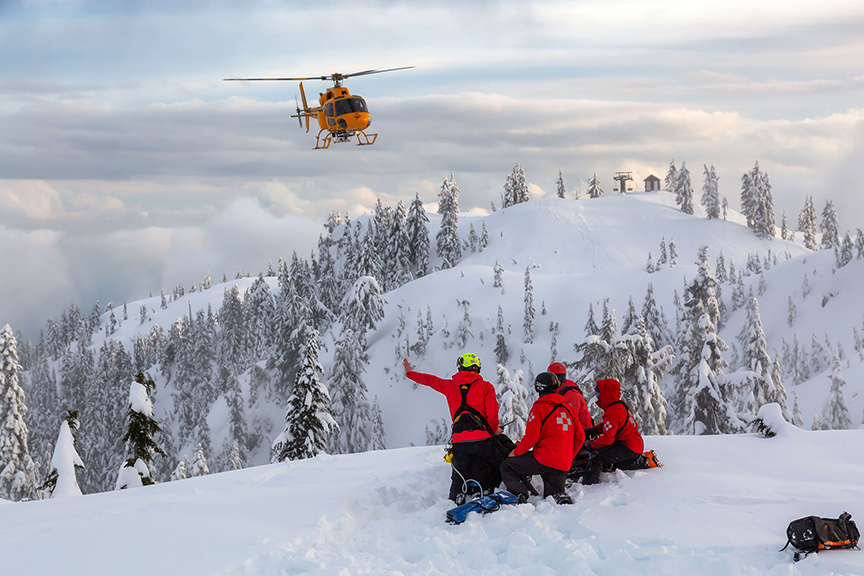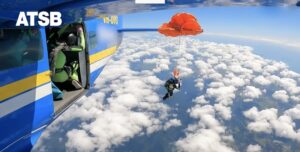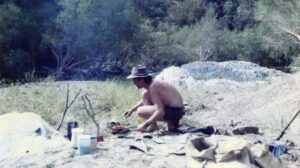Traditionally, staying safe on outdoor adventures has meant purchasing expensive GPS devices, and then paying even more for insurance covering costly rescues.
But the status quo is changing fast.
An expanded subscription service may offer the cheapest way to ensure financial coverage of backcountry rescues. With its global launch today, Overwatch x Rescue (OxR) is the first SOS plan to take advantage of the satellite capabilities added to newer-model iPhones two years ago. For $80 a year, iPhone owners in North America can get access to 24/7 emergency assistance that also covers the cost of rescues, including air ambulances.
Moreover, OxR is compatible with GPS devices like SPOT X, Garmin inReach, ZOLEO Satellite Communicator, or the new HMD OffGrid. And because the annual plan supports up to three devices at a time, a backcountry hiker could potentially bring along both an iPhone and GPS device for redundancy.

FocusPoint International’s Crisis Response Center in Sunrise, Fla., which supports the Overwatch x Rescue service. Photo: FocusPoint International
Backed by FocusPoint International, which coordinates 15,000 rescues a year around the world, OxR could “democratize access” to emergency support, said Greg Pearson, the company’s founder and CEO.
“I’ve taken away the messiness of insurance,” said Pearson last week. “I’m in the business of rescuing people and covering the cost along the way.”
‘Paying for your ride’
OxR first debuted during the pandemic in 2021 when FocusPoint International was asked to take over SOS coordination for SPOT devices. Garmin had bought up SPOT’s previous provider, GEOS SOS, forcing SPOT’s parent company to find a new partner.
For the last few years, OxR has been available only to users of SPOT devices, who could purchase the SOS plan as an add-on.
How it works

Even with OxR, backcountry hikers with iPhones will still benefit from a rugged GPS device. Photo: Nick Belcaster
Don’t toss your GPS just yet
This article first appeared on GearJunkie.







